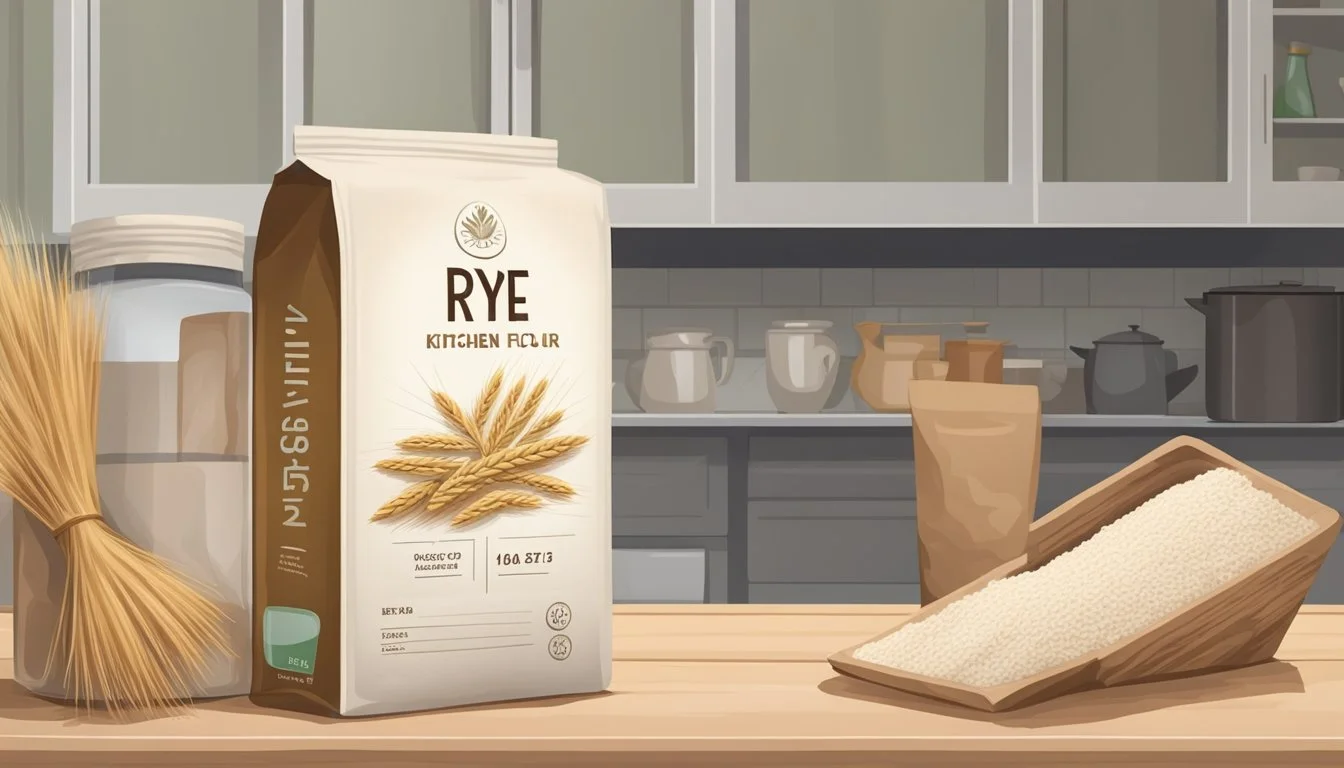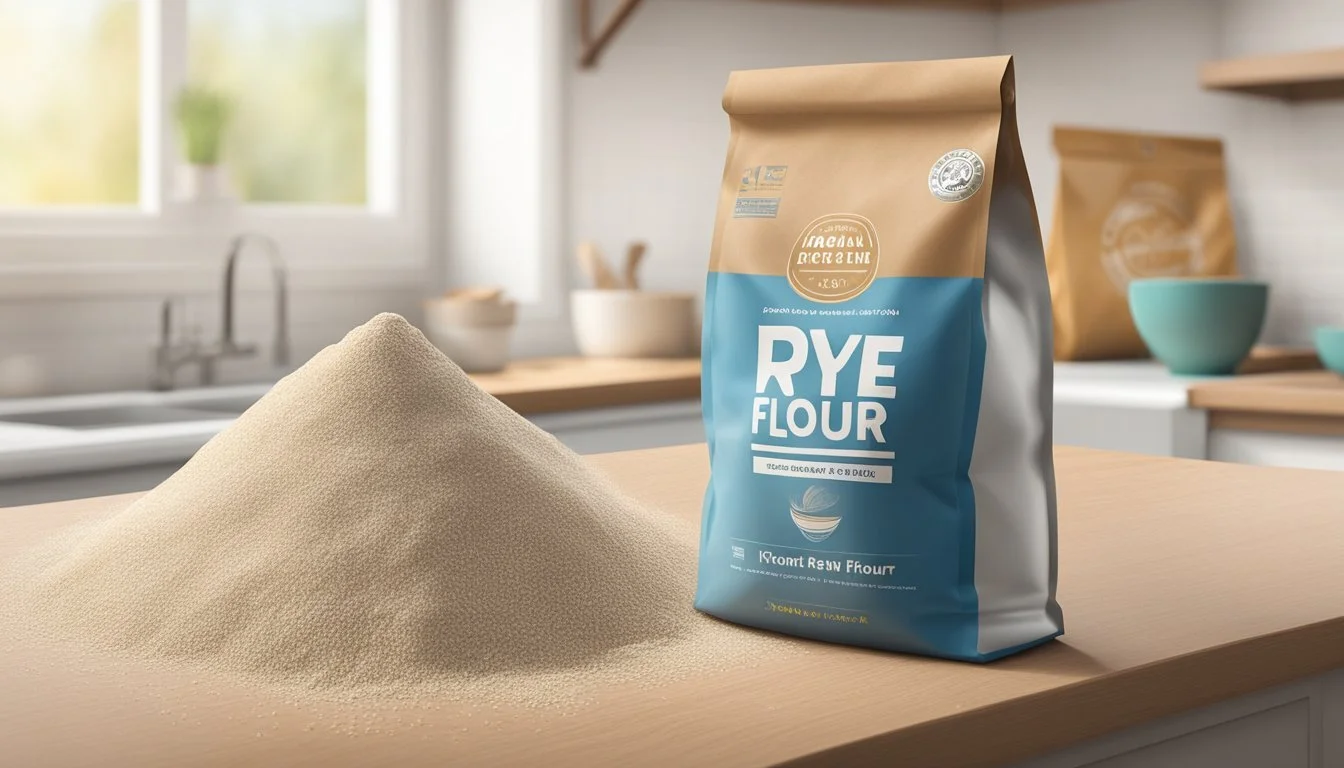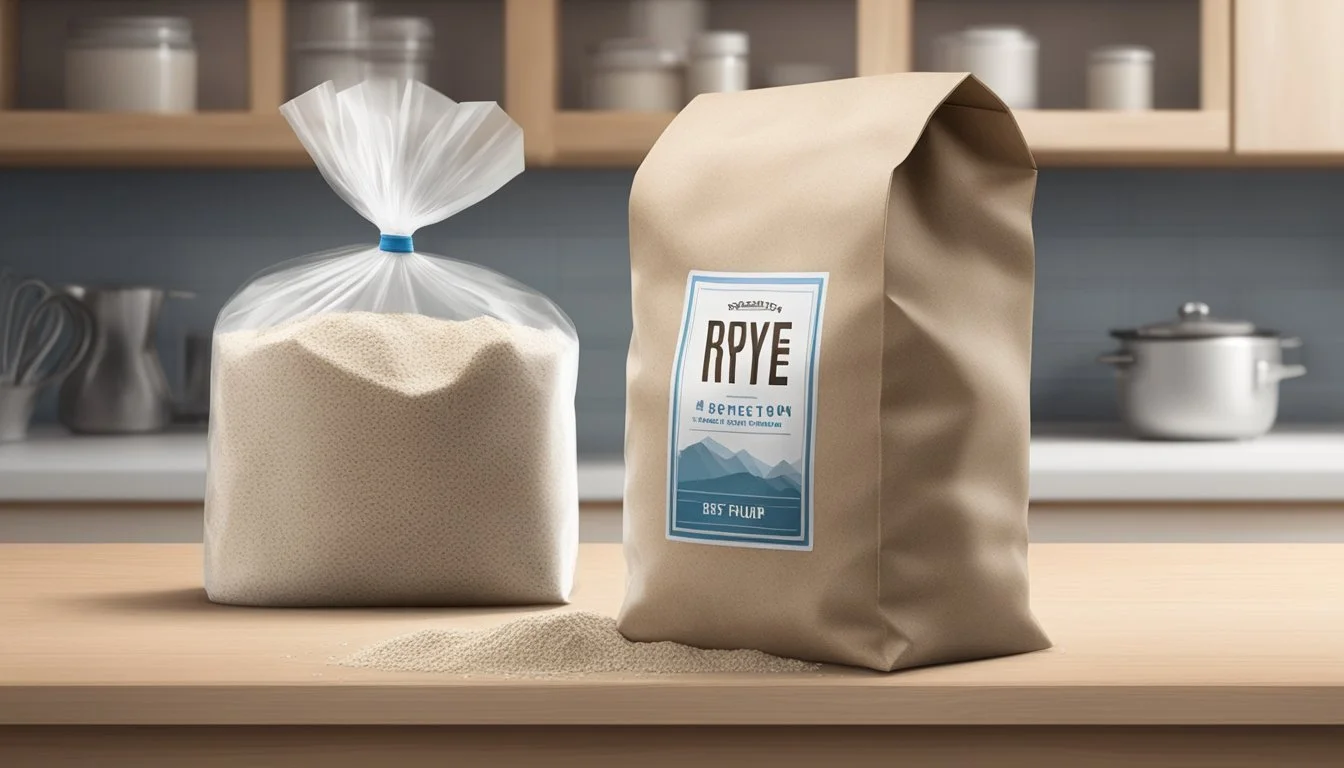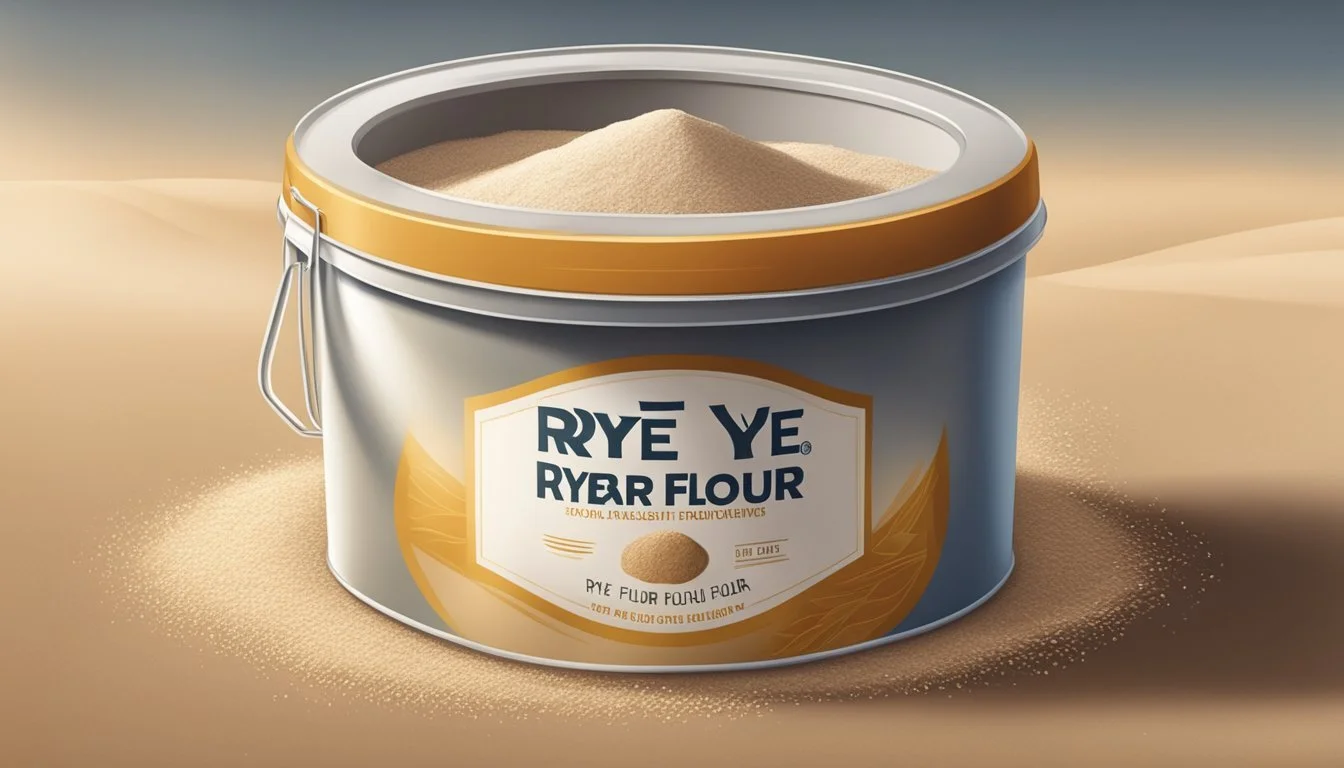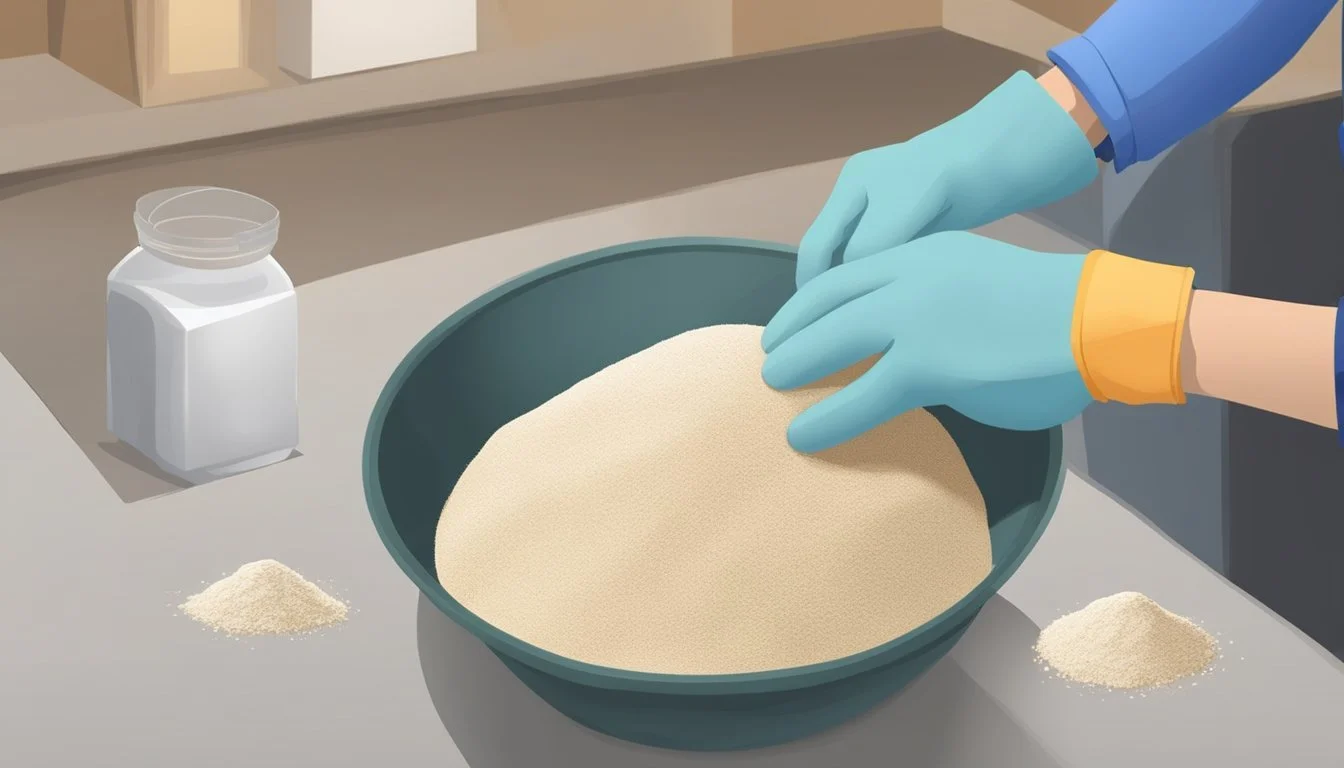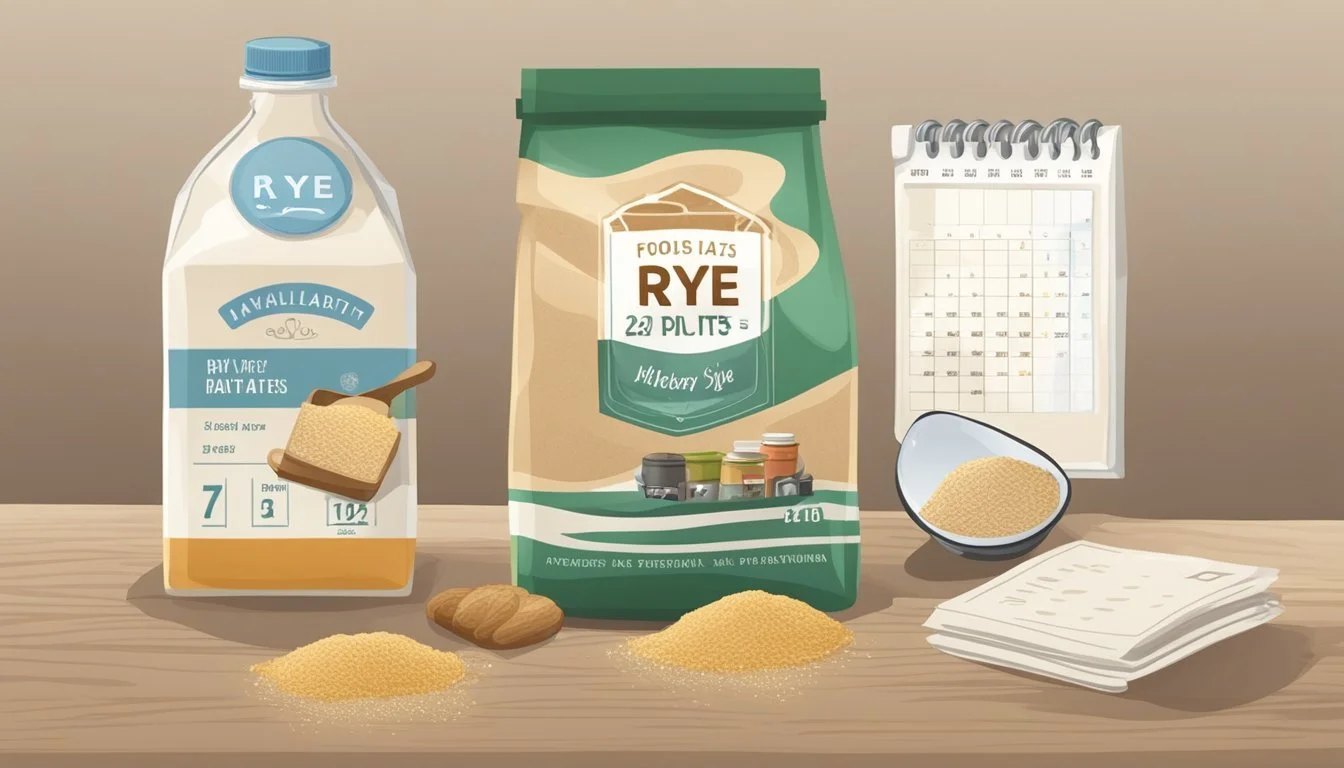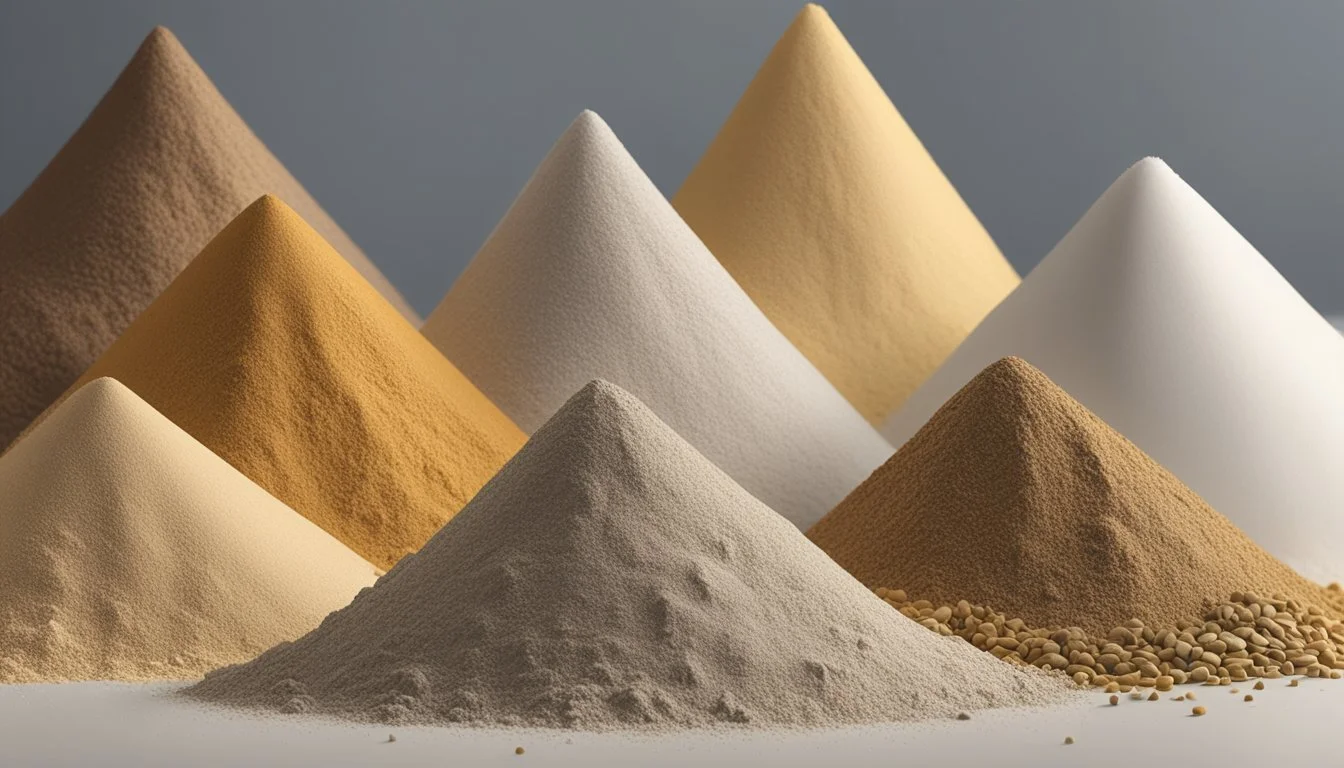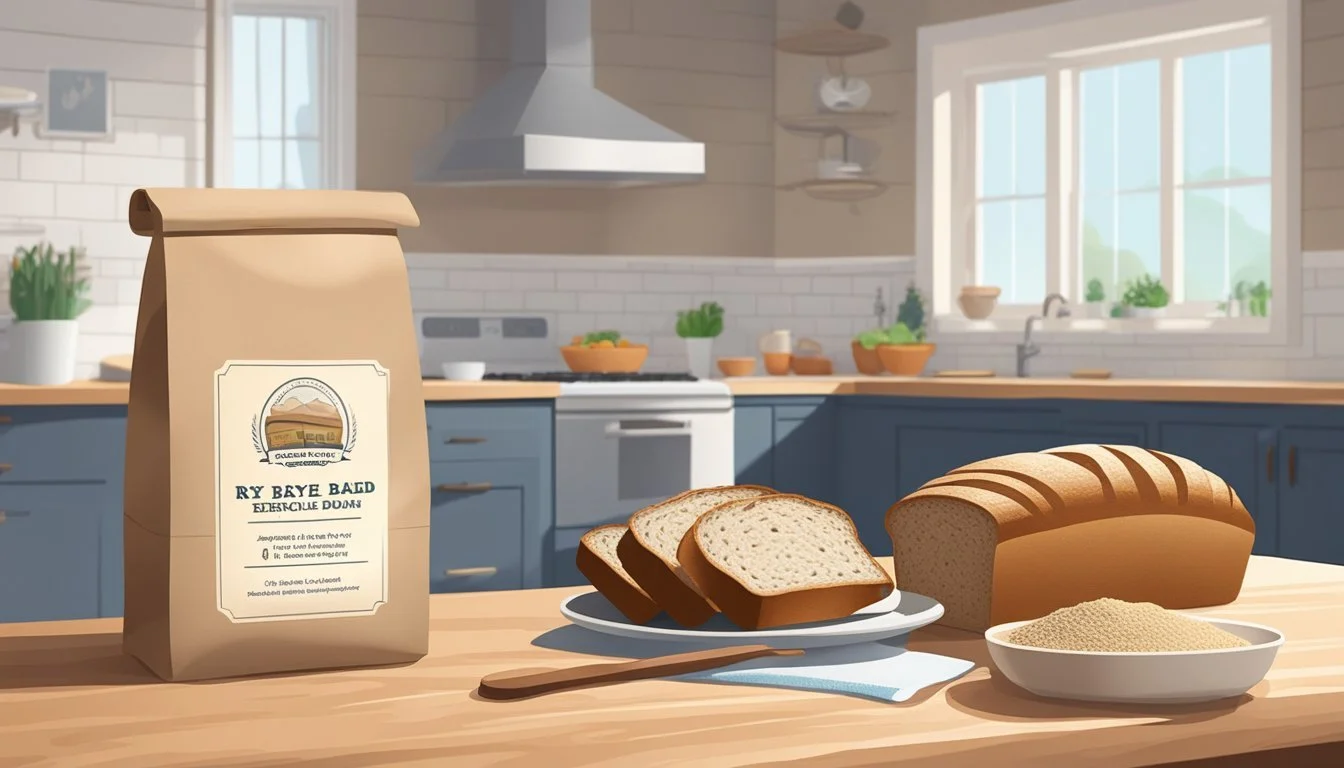Does Rye Flour Go Bad?
Key Signs and Storage Tips
Rye flour, a staple in many bread recipes, is cherished for its robust flavor and nutritional benefits. Yes, rye flour does go bad, just like other flours. Understanding its shelf life and proper storage is essential to ensure your baked goods retain their quality.
When stored correctly, rye flour can last several months. Key indicators of spoilage include a rancid odor and changes in texture. Proper storage in an airtight container in a cool, dry place can significantly extend its usability.
Rye flour's unique composition also affects its longevity. Its higher oil content compared to white flour means it can become rancid faster if exposed to air and moisture. By following storage best practices, bakers can make the most of rye flour's versatile qualities.
Understanding Rye Flour
Rye flour, known for its distinctive color and robust flavor, is a staple in various baking traditions. It offers a unique nutritional profile and diverse culinary uses compared to other flours.
Types of Rye Flour
Rye flour comes in several varieties, which are primarily distinguished by the degree of bran and germ present. Light rye flour is highly refined, containing the least amount of bran and germ, resulting in a lighter texture and color.
Medium rye flour incorporates more bran and germ, providing a balanced flavor and texture suitable for most baking needs. Dark rye flour is less refined and includes a significant portion of the bran and germ, making it denser and more flavorful. Pumpernickel flour, a coarsely ground whole-grain flour, is the most robust, often used in traditional German bread.
Nutritional Profile
Rye flour is a whole-grain flour known for its high fiber content. It contains more fiber than all-purpose flour and bread flour, promoting better digestive health. It's also a good source of protein, although it contains less gluten than wheat flour, making it suitable for denser baked goods.
In addition to fiber and protein, rye flour provides essential vitamins and minerals, including iron, magnesium, and B vitamins. These nutrients contribute to its health benefits, making it an excellent choice for those looking to follow a balanced diet. It's notably lower in gluten compared to wheat flours, making it a popular choice among those seeking alternatives to traditional flours, though it's not entirely gluten-free.
Common Uses
Rye flour is versatile and well-suited for a range of baking applications. It's most commonly used in bread, lending a denser, chewier texture and a distinct flavor, particularly in traditional rye bread and pumpernickel.
Besides bread, it's used in crackers, pancakes, and various European baked goods. Its ability to retain moisture also makes it an excellent ingredient for extending the freshness of baked items. Even though it’s not typically used for light pastries or cakes, blending it with other flours, such as all-purpose flour or bread flour, can create unique textures and flavors in baked goods.
Shelf Life and Spoilage
Rye flour, like other types of flour, has a limited shelf life and is susceptible to spoilage under certain conditions. Factors such as moisture, storage conditions, and the presence of mold or bacteria can significantly impact its longevity and safety.
Factors Affecting Shelf Life
The shelf life of rye flour typically ranges from several months to a year, depending on how it is stored. Moisture content plays a critical role; higher moisture levels can lead to mold growth and bacterial contamination. Storage conditions are equally important: storing flour in cool, dry environments extends its shelf life, while warm, humid conditions accelerate spoilage. Airtight containers are recommended to prevent exposure to moisture and pests.
Rye flour with lower fat content may last longer than whole-wheat or gluten-free varieties. Regular inspection of the storage area for consistent temperature and humidity levels is advised to maintain the quality of rye flour.
Signs of Spoilage
Detecting spoiled rye flour involves several sensory checks. A rancid, sour, or musty odor is a clear indication that the flour has gone bad. Fresh rye flour generally has little to no smell or a slight nutty aroma. Visual inspection can reveal clumps, which suggest moisture absorption. Discoloration or the presence of mold spots also indicate spoilage.
Another sign is the texture; spoiled flour can feel stale or gritty. Always trust your senses—if the flour smells off or looks unusual, it's best to discard it. Using spoiled flour can affect the taste and safety of baked goods.
Health Risks of Spoiled Flour
Using spoiled rye flour can pose health risks. Consuming flour contaminated with mold can lead to the ingestion of mycotoxins, which are harmful compounds produced by certain types of fungi. These can cause allergic reactions, respiratory issues, and gastrointestinal problems. Bacterial growth in flour, although less common, can lead to foodborne illnesses.
It is crucial to avoid using rancid or spoiled flour to prevent these health risks. Ensuring that flour is stored properly and regularly checking for signs of spoilage can mitigate potential hazards.
Proper Storage Practices
To keep rye flour fresh and safe from spoilage, follow these specific storage methods. Proper storage conditions, the choice between refrigeration and pantry, and techniques to extend the flour's shelf life are paramount.
Ideal Storage Conditions
Rye flour should be kept in an airtight container to prevent exposure to moisture and oxygen. Moisture can lead to mold growth, while oxygen can cause rancidity.
A cool, dry place is ideal for storing rye flour. This means avoiding areas near the stove or dishwasher where heat and humidity are common. It's also advisable to keep the flour in a dark location to prevent light exposure, which can degrade its quality.
Refrigeration vs. Pantry
Rye flour can be stored in either the pantry or the refrigerator. In the pantry, ensure the area is cool and dry to maintain the flour's quality. Whole rye flour can last up to 6 months in these conditions.
Refrigerating rye flour extends its shelf life up to a year. Store the flour in an airtight container to prevent moisture from seeping in. The cooler temperature slows down the activity of enzymes that can spoil the flour.
Extending Flour's Shelf Life
Freezing rye flour is an effective long-term storage method, allowing it to last up to 12 months. Place the flour in a sealed container and keep the temperature at or below 0°F (-18°C).
When ready to use, thaw the flour either in the refrigerator overnight or at room temperature for several hours. This prevents condensation from forming, which can introduce moisture. By using these storage methods, food waste is minimized, ensuring the flour remains fresh for baking or cooking needs.
Identifying and Handling Contaminants
Proper care and storage are crucial in preventing rye flour from becoming contaminated by pests or spoilage. Contaminants can not only ruin the flour but can also pose health risks.
Preventing Infestations
Storing rye flour in airtight containers is essential to keep away flour beetles, weevils, and other pests. Glass jars with tight seals, plastic containers, or vacuum-seal bags are effective options.
Ensure storage spaces are cool and dry to prevent moisture buildup, which fosters mold and bacteria.
USDA guidelines suggest maintaining pantry temperatures below 75°F.
Flours, especially whole-grain varieties, should be stored in proper conditions to avoid lumps, off odors, and discoloration.
Dealing with Pests
If pests like weevils or flour beetles are found, it is important to act quickly. Inspect the flour by sifting it to check for bugs.
Discard contaminated batches immediately to prevent spreading.
Clean storage areas thoroughly, using hot, soapy water followed by a solution of vinegar and water to deter future infestations.
For added safety, consider freezing newly purchased flours for 48 hours before storing to kill any potential eggs or larvae.
These steps ensure that the flour remains safe for consumption and free of unwanted contaminants. Proper handling and vigilance are key in maintaining the quality of rye flour.
Decoding Dates and Labels
Rye flour, like many other types of flour, comes with various dates and labels that can indicate its freshness and quality. Expiration dates and best-by dates are two common labels found on packaging.
Expiration Date: Indicates the last date the manufacturer guarantees the product's peak quality and safety.
Best-by Date: Suggests when the product will be at its best flavor and quality. A product past this date may still be safe to consume if it shows no signs of spoilage.
Storage also plays a significant role in maintaining the quality of rye flour. Proper storage can extend its shelf life significantly.
Room Temperature: Up to 6 months
Refrigerator: Up to 1 year
Freezer: Up to 2 years
Always store rye flour in airtight containers to prevent exposure to air and moisture.
Freezing Tip: Freeze rye flour for a few days before long-term storage to eliminate any potential pests.
When decoding labels for other types of flour:
White Flour: Often has a longer shelf life (up to 1 year at room temperature).
Whole Grain Flours: Such as whole wheat, these tend to spoil faster due to higher oil content.
Gluten-Free Flour: Shelf life can vary, generally up to 6 months in the pantry.
Self-Rising Flour: Contains baking powder and salt, best used within 6 months.
By understanding these labels and following proper storage guidelines, one can ensure that the flour remains fresh and safe to use for as long as possible.
Comparison with Other Flours
Rye flour is unique in its properties compared to other flours such as wheat flour, almond flour, and gluten-free alternatives. These differences significantly impact baking results and shelf life.
Rye vs. Wheat Flour
Rye flour is made from rye grains, while wheat flour comes from common wheat. Rye flour produces baked goods with a denser, chewier crumb and has a slight sour flavor. This is in stark contrast to white flour and whole wheat flour which offer lighter, airier textures.
Wheat flour is more versatile and often used in quick breads, pastries, and general baking. It also requires more precise measuring and handling for consistent results. In contrast, rye flour’s ability to add distinct flavor and aroma can complement hearty bread like pumpernickel or rustic sourdough.
Shelf Life Variations Among Flours
The shelf life of flour varies widely. Rye flour generally has a shorter shelf life compared to white flour and whole wheat flour due to its higher fat content, making it more susceptible to rancidity. Proper storage in a cool, dry place can extend its usability.
Nut flours, such as almond flour, also have a shorter shelf life. They are prone to rancidity because of their high oil content. Gluten-free flours can vary; some, like rice flour, have longer shelf lives, while others, like coconut flour, spoil quicker if not stored correctly.
Understanding these differences can help bakers make informed choices, ensuring the quality and longevity of their ingredients. Proper storage and awareness of each flour’s characteristics are essential for optimal baking results.
Maintaining Quality and Flavor
To ensure rye flour maintains its quality and flavor, proper storage is essential. Rye flour should be stored in a cool, dry place. Use airtight containers to protect it from moisture, which can lead to spoilage and a sour or bitter taste.
Refrigeration can extend the shelf life of rye flour to 6-12 months. Freezing rye flour can keep it fresh for up to two years. This method also helps in maintaining the flour’s vitamins and overall quality.
Inspect the flour regularly for signs of spoilage. Look for changes in color, smell, or the presence of mold. Rye flour that has gone bad may develop an off or musty odor, indicating it's not safe to use.
Key Tips for Maintaining Rye Flour Quality
Storage: Cool, dry environment
Containers: Airtight to prevent moisture
Refrigeration: Extends shelf life to 6-12 months
Freezing: Keeps flour fresh for up to two years
Inspection: Regularly check for color, smell, and mold
Proper handling and storage are crucial to preserving the flavor and safety of rye flour. Clean utensils and hands before scooping the flour to avoid contamination. This practice helps in maintaining its freshness and nutritional value.

